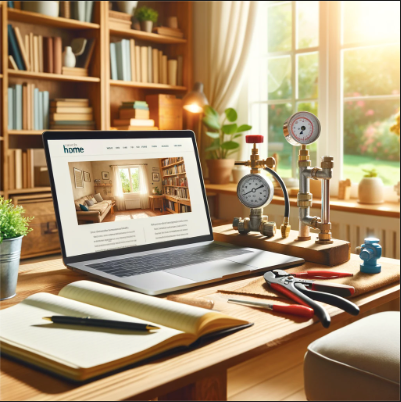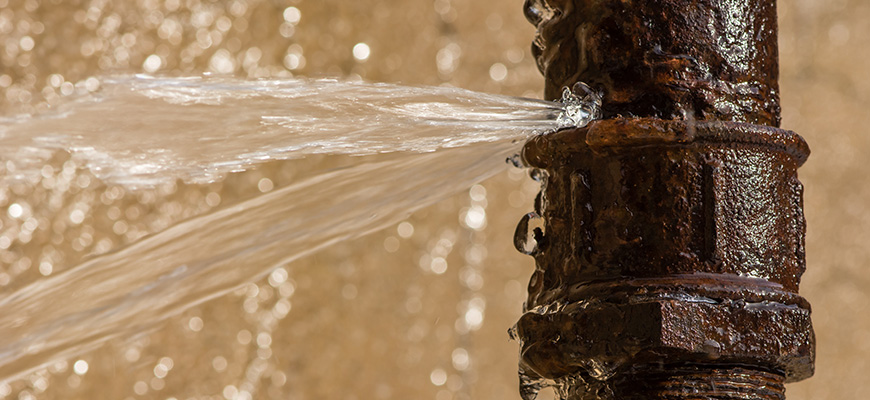Water pressure in your home is one of those things you might not think much about—until it starts causing problems. Whether it’s a trickling shower or a faucet that sounds like it’s going to launch into space, the pressure of the water flowing through your pipes can significantly impact your daily routine. So, how can you tell if your water pressure needs adjusting? Here’s a practical guide to identifying the signs and what you can do about it.
Understanding Ideal Water Pressure
Before diving into troubleshooting, it’s essential to know what constitutes “ideal” water pressure. Typically, residential water pressure should be between 40 and 60 pounds per square inch (psi). Pressures outside this range can lead to problems. If you’re unsure about your home’s water pressure, consider purchasing a water pressure gauge, which can be attached to a hose bib (like an outdoor faucet) to get a reading.
Signs of Low Water Pressure
Slow Faucets and Fixtures: If it takes a long time to fill up a pot or the shower flow feels more like a drizzle, low water pressure could be the culprit.
Uneven Performance: If the water pressure seems adequate in some parts of the house but weak in others, it could indicate distribution issues, possibly due to clogged or leaking pipes.
Appliance Issues: Appliances like dishwashers and washing machines rely on adequate pressure to function correctly. If they’re not cleaning effectively, check your pressure.
Signs of High Water Pressure
Noisy Pipes: A common sign of high water pressure is a banging or knocking sound in your pipes, often after shutting off a faucet or when the dishwasher or washing machine is in use.
Leaky Faucets: Frequent leaks or drips from faucets can also be a symptom of excessive pressure pushing against the plumbing fixtures.
Shortened Appliance Life: High water pressure can lead to early wear and tear on appliances, including your hot water heater.
Adjusting Your Water Pressure
Check the Pressure Regulator: Many homes are equipped with a pressure regulator, usually located where the main water line comes into the house. If you’re experiencing high water pressure, this regulator may need adjusting or replacing.
Install a Pressure Regulator: If your home doesn’t have one and you’re dealing with high pressure, installing a pressure regulator can provide immediate relief and long-term savings by protecting your plumbing and appliances from damage.
Addressing Low Pressure: If your water pressure is too low, the issue might be with your municipal water supply or your own plumbing. Check for leaks, and if none are found, you may need to speak with a plumber about possible solutions like adjusting the regulator or installing a water pressure booster system.
When to Call a Professional
While adjusting a pressure regulator is a task some homeowners feel comfortable handling, diagnosing the root cause of water pressure issues can sometimes require professional expertise, especially when dealing with low pressure caused by more complex plumbing issues.
Regular Maintenance
Regularly checking your water pressure and inspecting your plumbing for signs of leaks or damage can prevent many of the issues associated with improper water pressure. Annual inspections by a professional plumber can help keep your system in peak condition and prevent costly repairs down the line.
By staying vigilant and understanding the signs of water pressure problems, you can ensure your plumbing system operates efficiently and maintains the longevity of your home’s appliances and fixtures.


